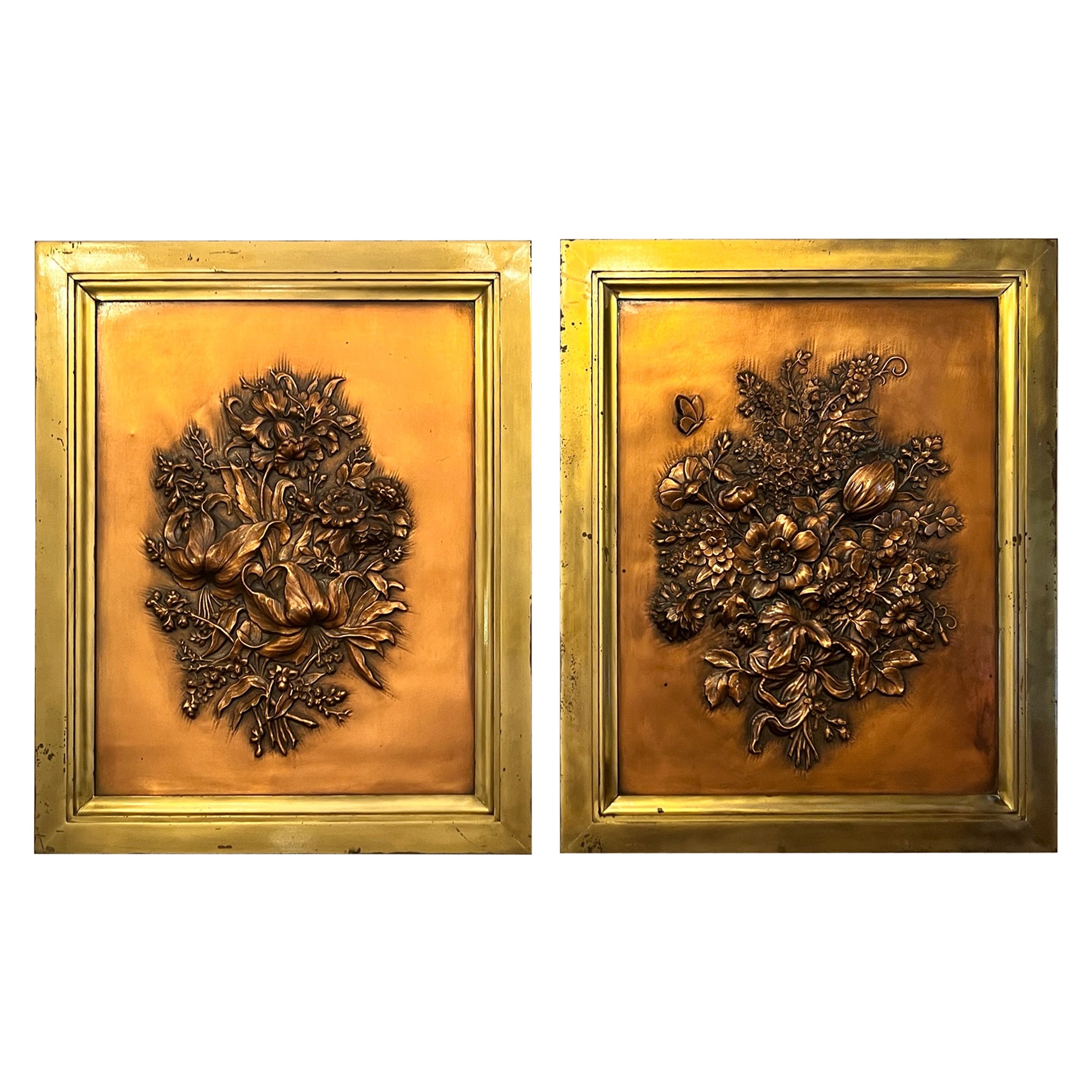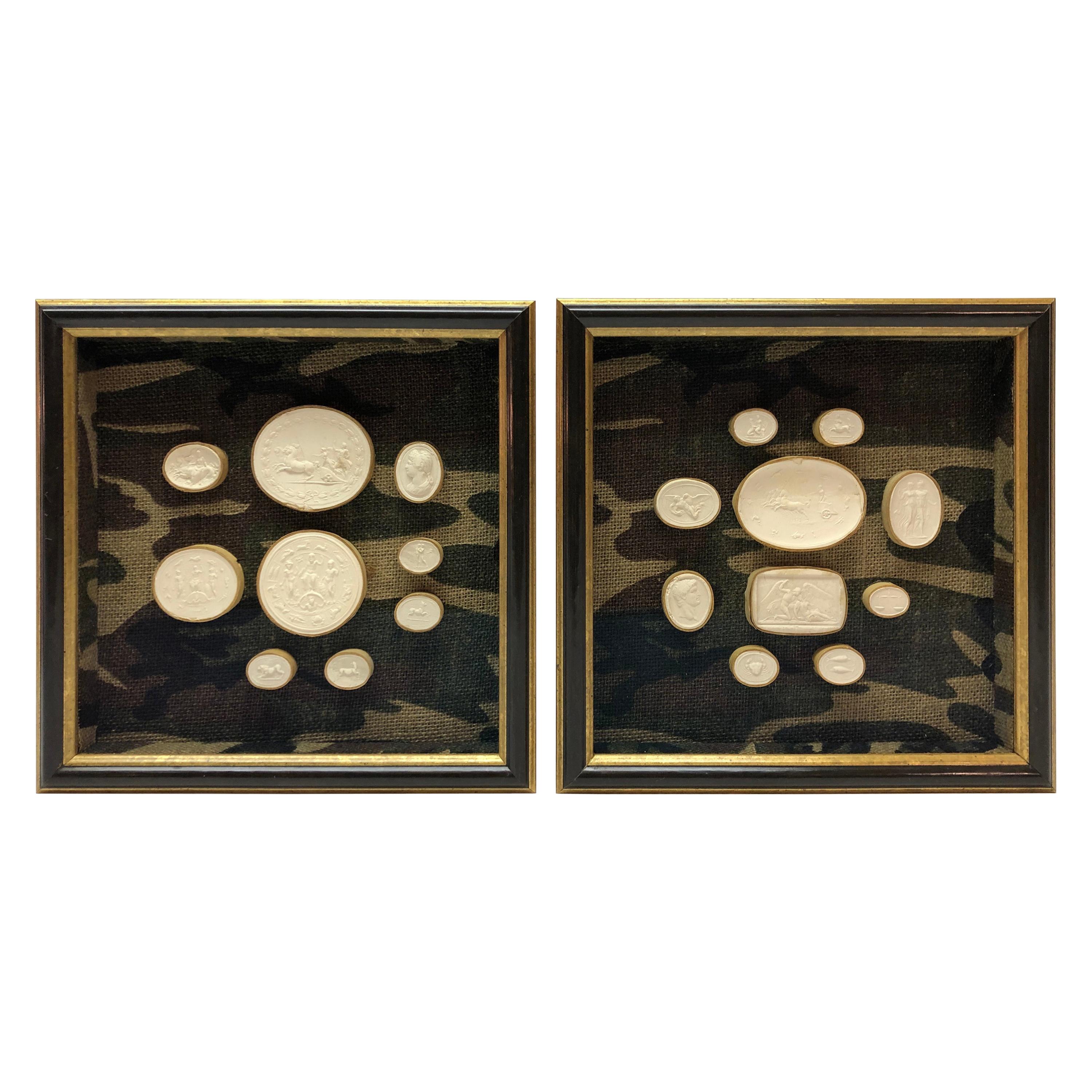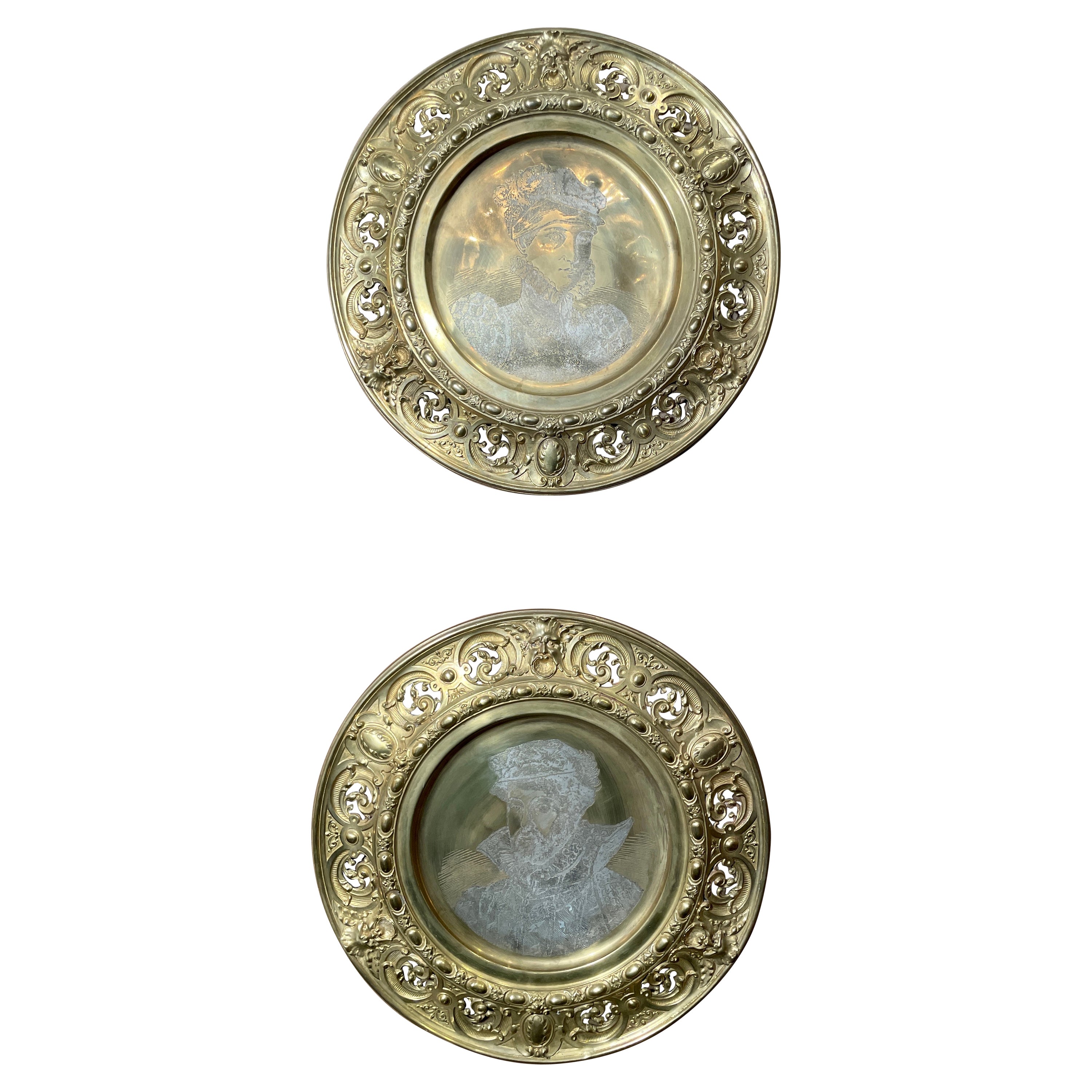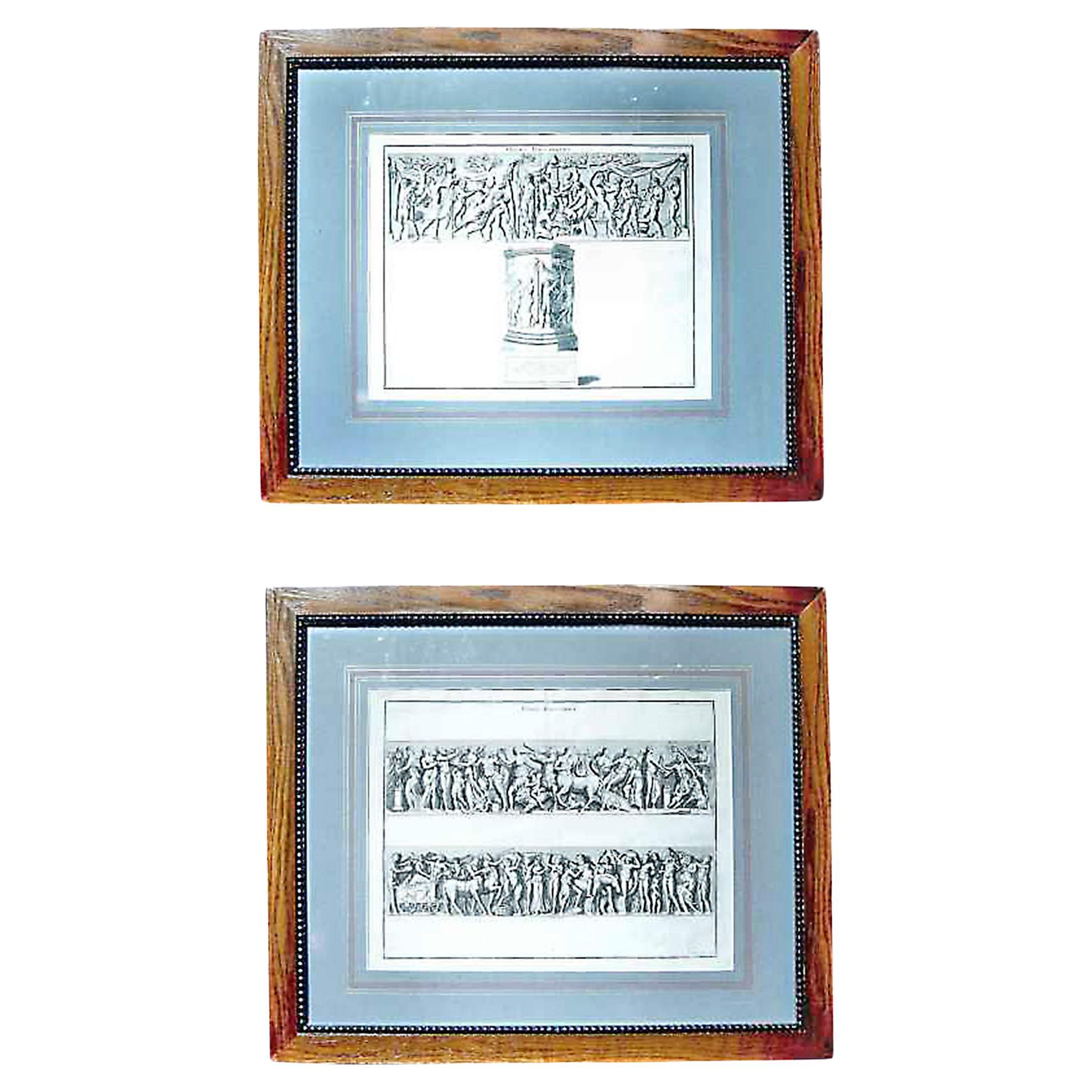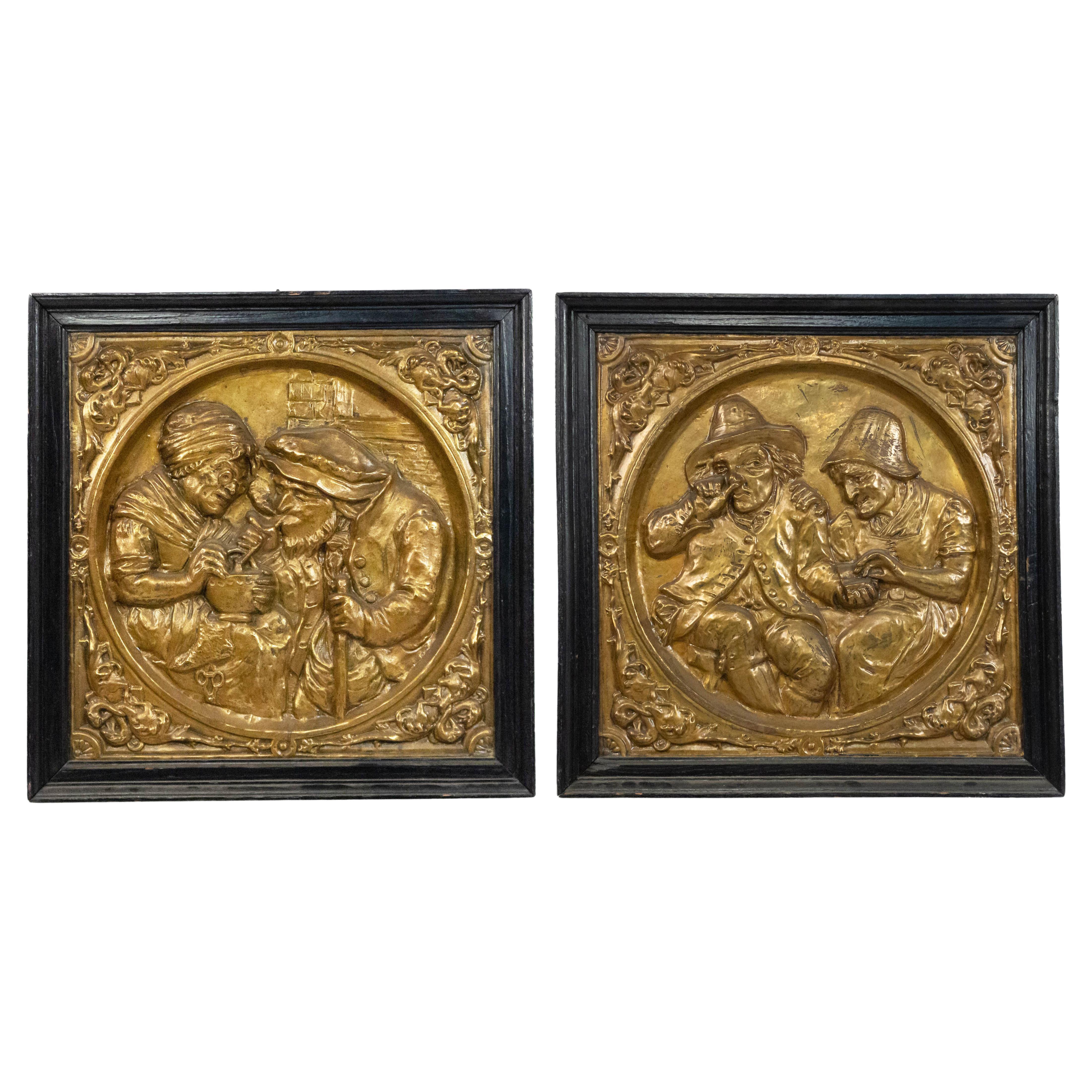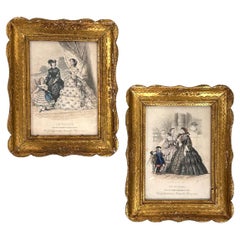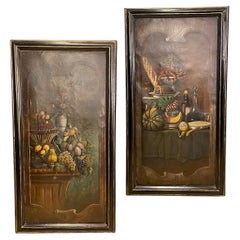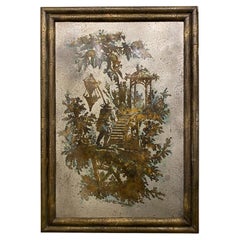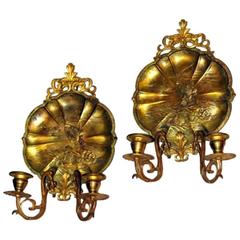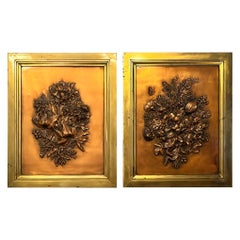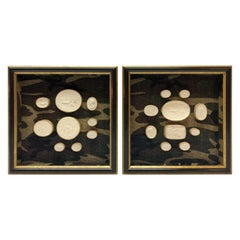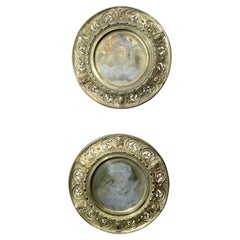Items Similar to Pair of Brass Etchings
Want more images or videos?
Request additional images or videos from the seller
1 of 6
Pair of Brass Etchings
$3,200per set
£2,416.97per set
€2,793.32per set
CA$4,488.49per set
A$4,992.35per set
CHF 2,612.89per set
MX$60,890.25per set
NOK 32,831.92per set
SEK 30,882.66per set
DKK 20,849.45per set
About the Item
Pair of circa 1950s English Montgolfier etchings with wood frames.
Measurements:
Height: 18.75"
Width: 14.5"
Depth: 1.5".
- Dimensions:Height: 18.75 in (47.63 cm)Width: 14.5 in (36.83 cm)Depth: 1.5 in (3.81 cm)
- Sold As:Set of 2
- Materials and Techniques:
- Place of Origin:
- Period:
- Date of Manufacture:circa 1950s
- Condition:Wear consistent with age and use.
- Seller Location:New York, NY
- Reference Number:Seller: 843231stDibs: LU829433432222
About the Seller
5.0
Vetted Professional Seller
Every seller passes strict standards for authenticity and reliability
Established in 1998
1stDibs seller since 2007
798 sales on 1stDibs
Typical response time: 1 hour
- ShippingRetrieving quote...Shipping from: New York, NY
- Return Policy
Authenticity Guarantee
In the unlikely event there’s an issue with an item’s authenticity, contact us within 1 year for a full refund. DetailsMoney-Back Guarantee
If your item is not as described, is damaged in transit, or does not arrive, contact us within 7 days for a full refund. Details24-Hour Cancellation
You have a 24-hour grace period in which to reconsider your purchase, with no questions asked.Vetted Professional Sellers
Our world-class sellers must adhere to strict standards for service and quality, maintaining the integrity of our listings.Price-Match Guarantee
If you find that a seller listed the same item for a lower price elsewhere, we’ll match it.Trusted Global Delivery
Our best-in-class carrier network provides specialized shipping options worldwide, including custom delivery.More From This Seller
View AllPair of Framed English Etchings
Located in New York, NY
A pair of circa 1930's English prints with gilt frames.
Measurements:
Height: 9.5"
Width: 7.5"
Depth: 1"
Category
Vintage 1930s English Prints
Materials
Giltwood, Paper
$450 / set
Pair of Antique Italian Paintings
Located in New York, NY
Pair of circa 1920's Italian still life paintings.
Measurements:
Height: 50.25"
Width: 26.25"
Depth: 1.5"
Category
Vintage 1920s Italian Paintings
Materials
Canvas
$6,200 / set
LaVerne Wall Art
By Philip and Kelvin LaVerne
Located in New York, NY
A circa 1960's Kelvin and Phillip LaVerne acid-etched metal artwork with original frame and patina.
Measurements:
Height: 30"
Width: 21"
Category
Vintage 1960s American Decorative Art
Materials
Metal
$8,800
Pair of Japanese Gilt Sconces
Located in New York, NY
Pair of rare gilt bronze sconces depicting a Japanese warrior on a horse on the sea, double light.
12" height, 8" width and 4.5" projection.
Category
Antique 19th Century French Wall Lights and Sconces
$3,800 / set
Pair of Large Gilt Metal Sconces
Located in New York, NY
Pari of large gilt metal double light sconces with foliage and acorn motif.
Measures: 26 height, 14 wide, 6 deep.
Category
Vintage 1940s Wall Lights and Sconces
$5,200 / set
Pair of Mixed Metal Wall Sculptures
Located in New York, NY
Pair of American 1960s mixed metals bird wall sculptures. The body n brass, with copper, with enameled decorations and with different patinated finishe...
Category
Vintage 1960s Animal Sculptures
$6,800 / set
You May Also Like
Pair of Antique French Repoussé Copper Plaques, circa 1890
Located in New Orleans, LA
Nicely rendered repousse florals in copper.
Category
Antique Late 19th Century French Decorative Art
Materials
Copper
Pair of Framed Antique Intaglios
Located in East Hampton, NY
Pair of Antique intaglios newly framed on camouflage burlap.
Category
Antique 19th Century Decorative Art
Materials
Burlap, Glass, Plaster, Wood
$2,900 / set
Stunning Pair of Vintage Pierced and Etched Brass Panels
Located in Hopewell, NJ
Beautiful pair of rectangular vintage etched and cut out brass panels having figural busts, urns and curlicues in an elaborate symmetrical design.
Category
Vintage 1940s North American Neoclassical Wall-mounted Sculptures
Materials
Brass
Pair Antique 19th Century English Etched Portraits in Brass
Located in New Orleans, LA
Pair antique 19th century English Etched Portraits in brass.
Category
Antique 19th Century English Decorative Art
Materials
Brass
Set of 2 European 19th Century Prints
Located in West Palm Beach, FL
A very attractive set of two European 19th-century prints. Named Pompe Bacchiques. Mythological scenes of men and satyrs.
Category
Antique 19th Century Unknown Decorative Art
Materials
Wood
$2,100 / set
19th Century Pair of Italian Renaissance Style Brass Embossed Wall Plaques
Located in Queens, NY
Pair of Italian Renaissance style (19th century) square black framed brass embossed wall plaques with scene of 17th Century men & women.
Category
Antique 19th Century Renaissance Decorative Art
Materials
Brass
More Ways To Browse
Fred Stepanian
G Wahl
Guido Maggiori
Harp Lute
Helmut Friedrich Sch�ffenacker On Sale
Herefordshire Bull
Irina Lorin
Jackie Gendel
Jere Train Station
Jesus Descent From The Cross
Louis Wain Cat Postcard
Reynard Fox
Sarreguemines Wall Pocket
Stefan Knapp
Ugolini Mosaics
Vintage Mermaid Wall Plaque
Witco Wood Wall Art
Antique Oval Frames With Bubble Glass
